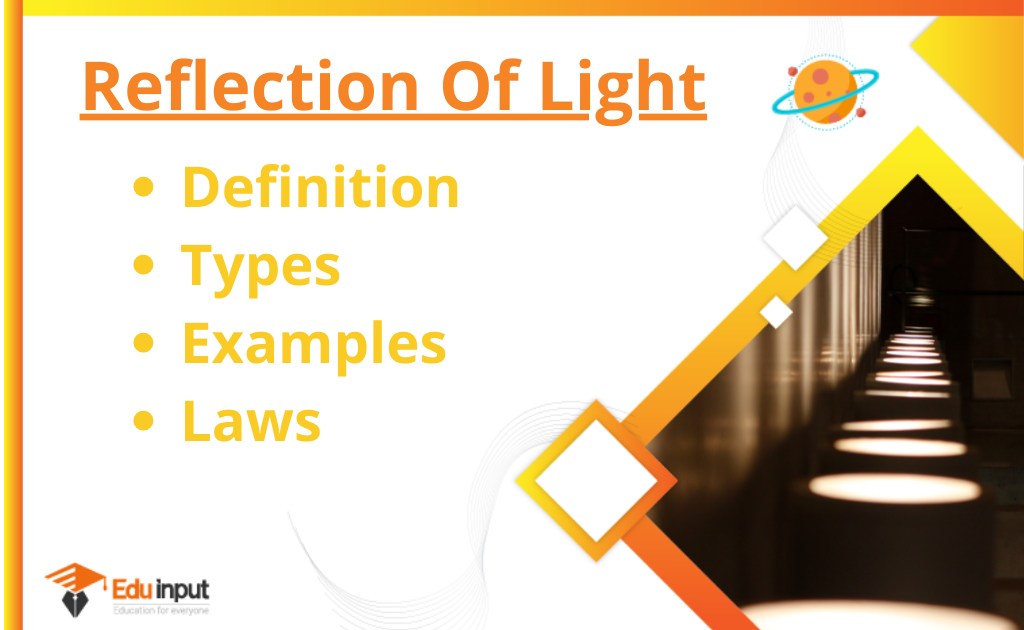Refraction of Light-Definition, Laws, And Refractive Index
Refraction of light occurs when light passes through a transparent material at an angle different than its original path. Refraction causes light to bend, making objects appear farther away than they actually are.
What is the refraction of light?
Referring to a wave as it passes from one medium to another is a fundamental principle of physics. Refraction of light is the most commonly observed phenomenon, but other waves such as sound waves and water waves can also experience this phenomenon. The initial direction of wave propagation relative to the direction of change in speed is what determines how much a wave is refracted.
Reflection occurs when a ray of light hits a surface and bounces off at an angle different than its original path. Refraction occurs when a ray of white light bends (or changes direction) due to passing through a substance with a different density than its surrounding environment. When light passes through water, it bends slightly and travels faster than if it had not gone through any liquid at all. Light travels slower in denser substances like glass, concrete, and dirt than it does in air. The amount of bending is directly proportional to how dense the material is.
Laws of Refraction of Light
Laws of refraction state that:
- The normal to interface of two media at the point of incidence is on the same plane as the incident ray.
- There is no change in the ratio of the angle of incidence to the angle of refraction. This is also referred to as the law of refraction.
v1 and v2 are the wave speed.
Refractive index
The wave phase speed v in the material is more important for light than the Refractive index n of a material. They are related to the speed of light in a vacuum c.
The law of refraction is usually written in the field of optics.

Causes of Refraction
A light ray travels into a medium of different Refractive index when it moves at an angle. A change in direction is the result of this change in speed. Consider air traveling into the water as an example. As the light travels at a different angle, the speed of light goes down.
When light hits an interface between different materials, whether air/glass or water/air, some of the light rays bend into the second material. If the first material is denser than the second, then more of the light bends (refracts) into the second material. Conversely, if the first material is less dense than the second, then fewer of the light rays bend and thus less refraction occurs.
Applications of Refraction of Light
There are a lot of applications of refraction in technology. A lens can be used to form an image of an object for a variety of purposes, such as magnification. The principle of refraction is used in glasses worn by people who have poor vision. In peepholes of house doors, cameras, movie projectors, and telescopes, fractional are used. It is the basic principle of fiber optics communication.

 v1 and v2 are the wave speed.
v1 and v2 are the wave speed.





Leave a Reply